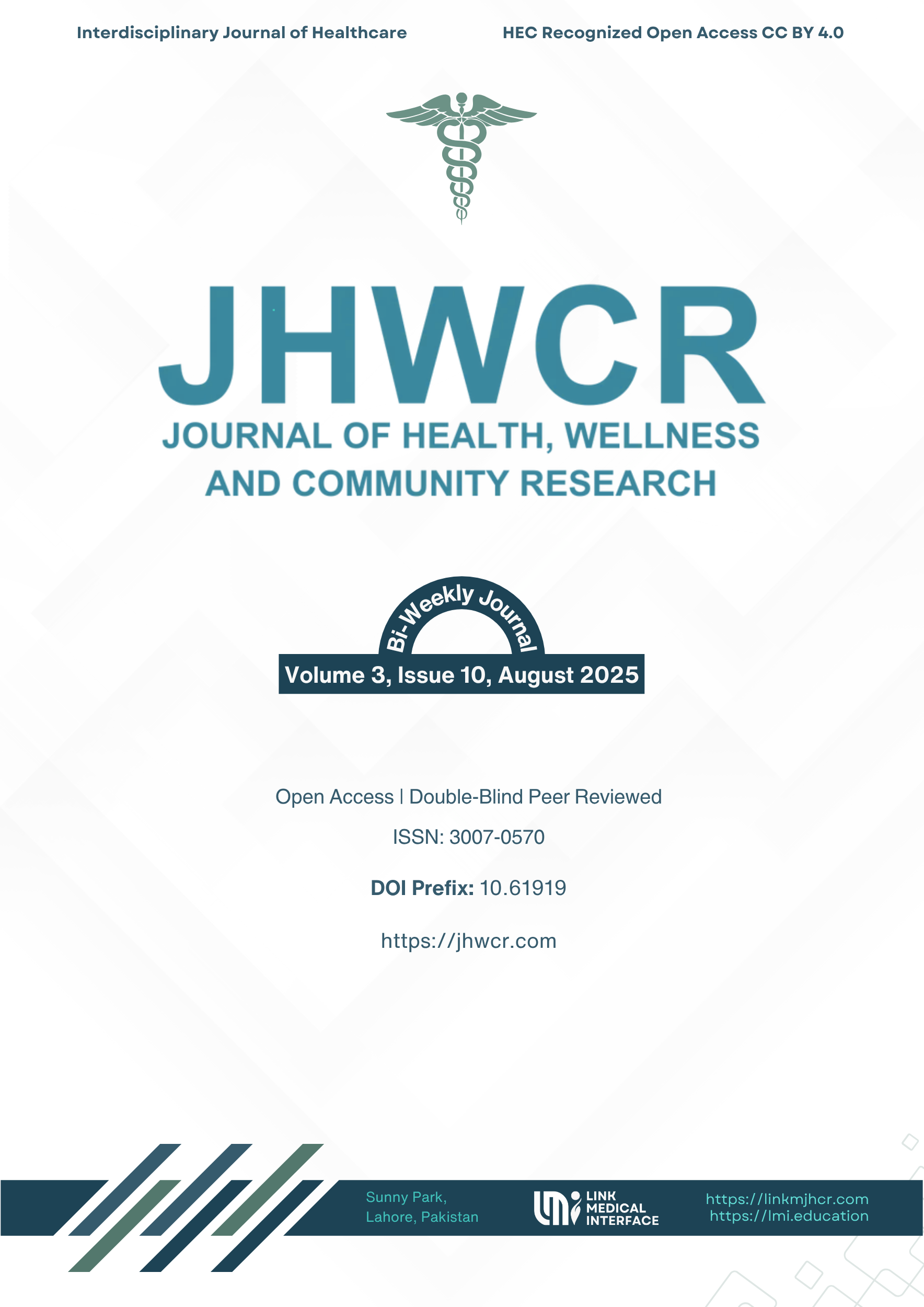Comparative Effects of Calisthenic Exercises and Sensory-Motor Training in Patients with Knee Osteoarthritis: A Randomized Clinical Trial
DOI:
https://doi.org/10.61919/a3ncag32Keywords:
Knee osteoarthritis, calisthenic exercise, sensory-motor training, pain, range of motion, randomized controlled trial.Abstract
Background: Knee osteoarthritis (OA) is a prevalent musculoskeletal disorder leading to pain, limited mobility, and functional disability. Non-pharmacological interventions, including calisthenic and sensory-motor training, have demonstrated clinical utility, but direct comparative evidence for these modalities remains limited. Objective: To compare the effects of calisthenic exercises and sensory-motor training, both combined with conventional physical therapy, on pain, range of motion, balance, and functional disability in patients with grade III knee osteoarthritis. Methods: A single-blind, randomized controlled trial was conducted with 108 adults (aged 40–65) diagnosed with unilateral grade III knee OA. Participants were allocated to either calisthenic or sensory-motor training groups (n=54 each) and completed 8-week supervised interventions. Outcomes—Visual Analogue Scale (VAS) for pain, goniometric range of motion (ROM), Timed Up and Go (TUG) test, and WOMAC index—were assessed at baseline, 4 weeks, and 8 weeks. Data were analyzed using independent t-tests and repeated measures ANOVA. Results: Both interventions resulted in significant improvements in pain, ROM, balance, and disability (all p<0.01). Sensory-motor training was superior at 8 weeks, yielding greater reductions in pain (VAS difference: 1.41; Cohen’s d=3.00) and disability (WOMAC difference: 19.78; Cohen’s d=5.54), and larger improvements in ROM and TUG performance compared to calisthenic exercises. Conclusion: Sensory-motor training was more effective than calisthenic exercises in improving pain, range of motion, balance, and function in patients with moderate knee osteoarthritis, supporting its prioritization in conservative rehabilitation strategies.
Downloads
Published
Issue
Section
License
Copyright (c) 2025 Zainia Tariq, Fareeha Amjad, Sara Khan, Farah Noreen, Jaazba Asif, Rafia Rafiq, Shanze Ramzan (Author)

This work is licensed under a Creative Commons Attribution 4.0 International License.


